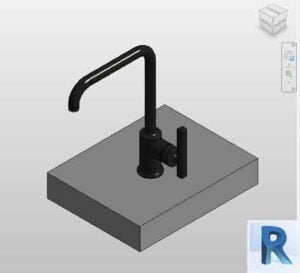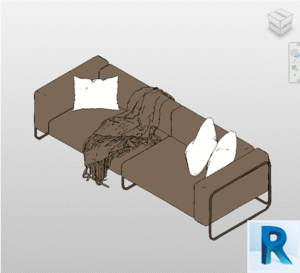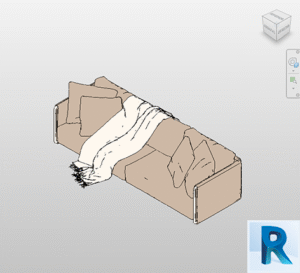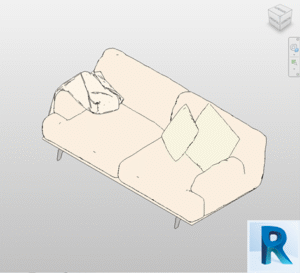Virtual reality (VR) has transformed how we interact with digital environments, bringing an unprecedented level of immersion. VR isn’t just a futuristic novelty; it has become a versatile tool across multiple industries, from entertainment and education to architecture and design. So, what exactly is virtual reality, and how does it function?
What is Virtual Reality?

Virtual reality is a fully immersive experience where users engage with a simulated environment. By wearing a VR headset and using controllers, you can interact with digital worlds in ways that mimic real-life sensations, such as moving objects, walking through spaces, or even touching digital elements.
With the VR headset providing a panoramic view, users feel completely immersed, as though they have been transported into a new reality. This sensation of “presence” is what makes virtual reality so compelling for various applications.
The Evolution of Virtual Reality Technology
The origins of virtual reality can be traced back to the 1960s when Ivan Sutherland developed the first VR device. However, it wasn’t until the 1990s that the technology began to take shape with the launch of early commercial products. VPL Research (now Meta) introduced the VFX1, one of the first VR headsets. While it wasn’t a commercial success, it laid the groundwork for future innovations.
The breakthrough came in the 2010s with Oculus VR’s introduction of the Oculus Rift. This device revolutionized the VR industry, offering a far more immersive experience than its predecessors. Since then, VR technology has continued to evolve, with advancements in motion tracking, improved graphics, and more affordable devices.
Core Components of a Virtual Reality Experience
A VR experience is powered by several components working in unison:
- VR Headset (HMD): The head-mounted display provides visual immersion by showing 3D environments. Each eye gets a slightly different image, creating depth perception and a sense of being inside the scene.
- Controllers: Users navigate and interact with the virtual space through handheld devices. These controllers allow you to pick up objects, open doors, or perform gestures, making the experience more interactive.
- Tracking Systems: For a truly immersive experience, VR relies on sensors that track your movements in real time, reflecting those movements within the virtual space. These systems ensure that as you move, the virtual environment responds accurately.
How Virtual Reality Works
The VR headset is the main driver of the experience. When worn, it projects a 360-degree virtual environment in front of the user. The headset tracks head movements, and controllers enable interaction with the digital world. The more responsive the system, the greater the feeling of immersion. Accurate tracking ensures that as the user moves, the perspective within the virtual world shifts naturally.
An important aspect of virtual reality is synchronizing the user’s actions with the environment. For example, if you reach out to touch an object, the VR system must instantly reflect that movement to maintain immersion. Any delay can cause discomfort or break the illusion of reality.
Different Types of Virtual Reality Devices
Several types of devices allow users to experience VR:
- Standalone Headsets: Devices like the Oculus Quest do not require a separate computer or console. Everything is built into the headset, offering more flexibility and ease of use.
- PC-connected Headsets: These offer higher-quality graphics and more complex experiences but require a powerful computer to run them. Popular examples include the Oculus Rift and HTC Vive.
- Mobile VR Devices: Some systems utilize smartphones as the display, with the phone fitting into a VR headset. While not as powerful as standalone or PC-based headsets, they offer a more accessible entry point to virtual reality.
- Augmented Reality (AR) and Mixed Reality (MR): Though not strictly VR, AR and MR devices like Microsoft’s HoloLens overlay digital elements onto the real world, blending physical and virtual environments.
Advantages and Drawbacks of Virtual Reality
Advantages:
One of VR’s most significant advantages is its ability to simulate experiences that would be impossible or dangerous in real life. For example, architects can walk clients through 3D models of unbuilt structures, and students can explore historical sites without leaving the classroom.
In the world of architecture and design, VR facilitates collaboration and communication. Teams can work together in virtual spaces, adjusting designs in real-time. This process reduces the need for physical prototypes, saving time and materials.
Drawbacks:
However, VR is not without its challenges. High-quality VR systems can be expensive, requiring both the hardware and the computing power to render immersive environments. Additionally, some users experience motion sickness or discomfort when using VR for extended periods, which can limit its adoption.
Companies Offering Virtual Reality Services
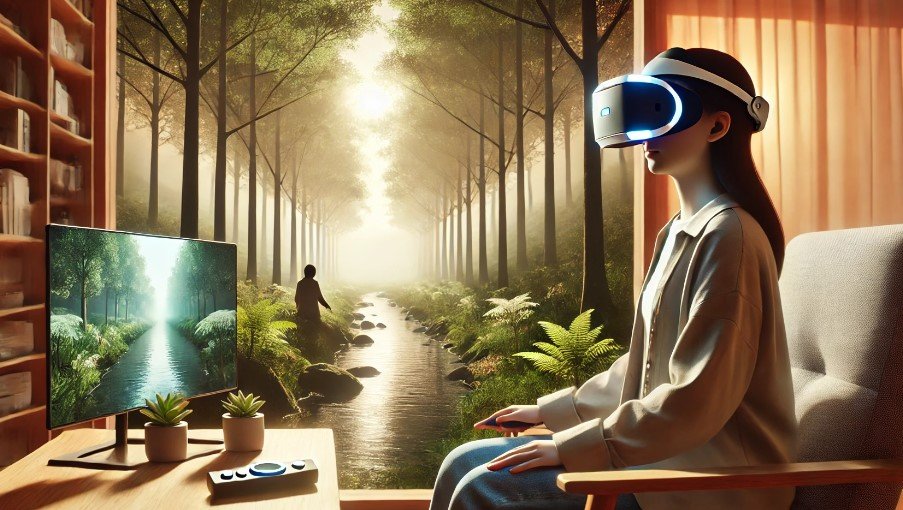
Several companies have become industry leaders by offering innovative VR solutions across various sectors:
- Unity Technologies
Sector: VR Development Software
Description: Unity provides a robust platform for creating VR experiences, used widely in gaming, architecture, and interactive simulations.
Services: VR development tools, applications for architecture, education, and gaming. - Oculus (Meta Platforms)
Sector: VR Hardware
Description: Oculus, a part of Meta, is one of the leading companies in VR hardware, providing headsets and development platforms for immersive content creation.
Services: VR headsets (Oculus Quest, Rift), VR development ecosystems. - HTC Vive
Sector: VR Hardware and Software
Description: HTC Vive offers high-end VR hardware and software solutions, targeting gaming, enterprise, and industrial sectors.
Services: VR headsets, software for architectural visualization and training simulations. - IrisVR
Sector: Architecture and Design
Description: IrisVR specializes in VR solutions for the architecture and construction industry, allowing professionals to walk through digital models of their designs.
Services: VR tools for architectural presentations, design reviews, and collaboration. - MindMaze
Sector: Healthcare
Description: MindMaze focuses on using VR for neurological rehabilitation, helping patients recover motor skills through immersive therapy.
Services: VR-based rehabilitation programs for neurological conditions and stroke recovery. - The Virtual Reality Company (VRC)
Sector: Entertainment
Description: VRC is known for creating immersive VR experiences for the entertainment industry, including films, live events, and interactive storytelling.
Services: VR content creation for movies, events, and interactive media. - Strivr
Sector: Corporate Training
Description: Strivr provides immersive training solutions using VR to enhance employee learning and development in large organizations.
Services: VR-based corporate training, immersive simulations for industries like retail, logistics, and finance.
Practical Applications Across Fields
Entertainment: VR has become a staple in the gaming industry, providing immersive experiences that traditional games cannot match. Games like “Beat Saber” or “Half-Life: Alyx” allow players to interact with digital worlds in ways that feel real.
Education: Schools and universities are increasingly adopting VR as an educational tool. Students can explore virtual classrooms, dissect digital organisms, or even take field trips to Mars. These experiences bring learning to life in ways that textbooks cannot.
Healthcare: VR is used to treat conditions like anxiety, PTSD, and chronic pain. Patients can undergo virtual therapy in controlled environments, gradually confronting their fears or managing stress through relaxation techniques. It is also used in rehabilitation, helping patients recover physical abilities in a virtual setting.
Design and Architecture: The ability to walk through a 3D model before a building is even constructed is a game-changer for architects. VR enables clients to see designs come to life, providing real-time feedback and streamlining the design process.
Free Revit families now on Bimshares.com


